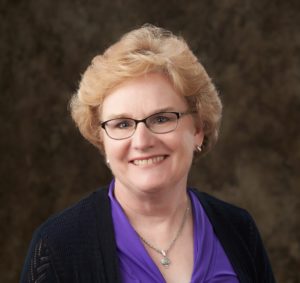
When it comes to aging, it’s been said that if a home transition — or move to another dwelling–is being considered, it is most easily done when individuals are in their 60’s or 70’s. This is especially true if a couple can move together to a new home and adjust to their new surroundings together.
Our homes are familiar to us, they hold special memories, and it may be ‘home’ for other family members to come back to that have moved away. However, our homes that have been safe havens over the years, can become danger zones in our later years.
Every 11 seconds, an older adult is seen in an emergency department for a fall related injury. Yet, many falls are preventable. Next week, September 21-25, is Falls Prevention Awareness Week. It presents a good opportunity to re-evaluate our living situation and take a look at what ‘stumbling blocks’ could be existing in our homes.
Many of us have lived in our homes for numerous years. We’ve learned to navigate the steps and hallways and probably feel like we could do it safely with our eyes closed. Yet, activity limitations can creep in with aging, such as arthritis, high blood pressure, hearing/vision impairments, and heart conditions. Our balance may not be as good, our strength is likely not what it was, and there may be pain involved that can interfere with mobility.
Even if we don’t require the assistance of a mobility device – such as a cane or walker—the need exists to make sure walking areas throughout the house are clear. I find I don’t pick up my feet as far as I used too. Thus, I catch my toe on steps a little more often than I would like.
Look for areas of clutter that can be cleared, cords that may be removed, or furniture that can be rearranged to create a clearer walking path. Pitch the throw rugs that could contribute to a tripping hazard. Make sure light switches are at the ends of stairways and hallways to better mark travel paths.
Yes, we might feel comfortable walking around in our house in the dark. However, it may be that one out-of-place item that takes us down and creates a serious injury. Establish better lighting situations for night time movement throughout the home. Our eyes are slower to adjust to light and dark environments as we age. Our eyes may also find it harder to differentiate between patterns on floors and steps.
Medications, along with reduced strength in arms and legs, can play havoc with our sense of balance — especially if we try to raise or lower our bodies too quickly. Installing grab bars and handrails at proper heights and locations can make those movements safer. Medications should be reviewed with health care providers on a regular basis to make sure they are not contributing to a balance issue.
A basic desire of all of us is to maintain our independence. Many of us want to do that in our current homes. To help assess the safety of your home and areas that can contribute to falls, the National Council on Aging (NCOA) has a room-by-room checklist of areas to more closely consider. To assist in determining your risk for falls, the NCOA also has a free fall risk assessment available online.
Both the home checklist and the personal fall risk assessment can be accessed on the Southwind Extension District website at https://www.southwind.k-state.edu/home-family/adults/. Contact me by phone at 620-625-8620 or by email at [email protected] for more information on falls related information.
